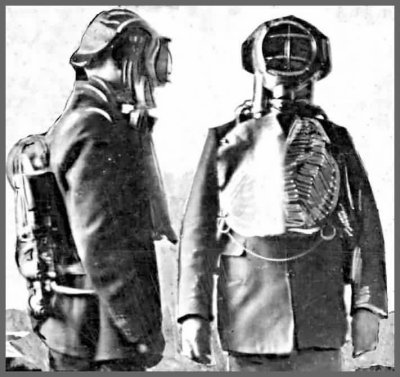After a couple of days, the paint dries. The otherwise ruined paint, is then scraped off with a stripping razor. After a couple of palettes have been striped, the ribbons of peeled paint form these mounds of colour.
The process becomes a means of painting by using fresh, wet paint as a fixative to apply these paint ribbons to the surface of the painting. Slowly, the painting gains this colour and texture that from a distance, mixes into larger forms and different colours; in much the same manner as painters Georges Seurat and Chuck Close. The illusion, known as optical mixing, is most readily available to one via computer monitors, television screens and virtually all colour imaging devices.
To ensure that the paint dries within at least a couple of days, I have to really dilute it with mineral spirits. This step here is the one that is killing me! Despite the ventilation I installed in my studio, the stink of the spirits just ruins me.

The next step after I built up the surface of the painting, was to lay down a thick layer of beeswax. The combination of beeswax and pigments, or encaustic painting, is one of the earliest forms of painting. Ancient Egyptians and Byzantines used encaustic paint two thousand years ago. So long as you don't leave it on the back seat of your car in July, encaustic painting lasts millennia. The technique allows molten wax, pigment and a binding agent, such as damar resin, to be applied to a painting in very thin and transparent layers. Drying instantly, encaustic paintings also have a stunning glow, texture and smell to them.
I wanted to use the transparency of encaustic painting to distort the underpainting, so I applied thick and gooey layers of wax to the painting. The wax also helps to bind the three-dimensional ribbons of paint.
I realize I've displayed only details from the painting. Once complete, I'll document the piece and add it to the website. In other words: you have to wait...


















2.jpg)
1.jpg)















